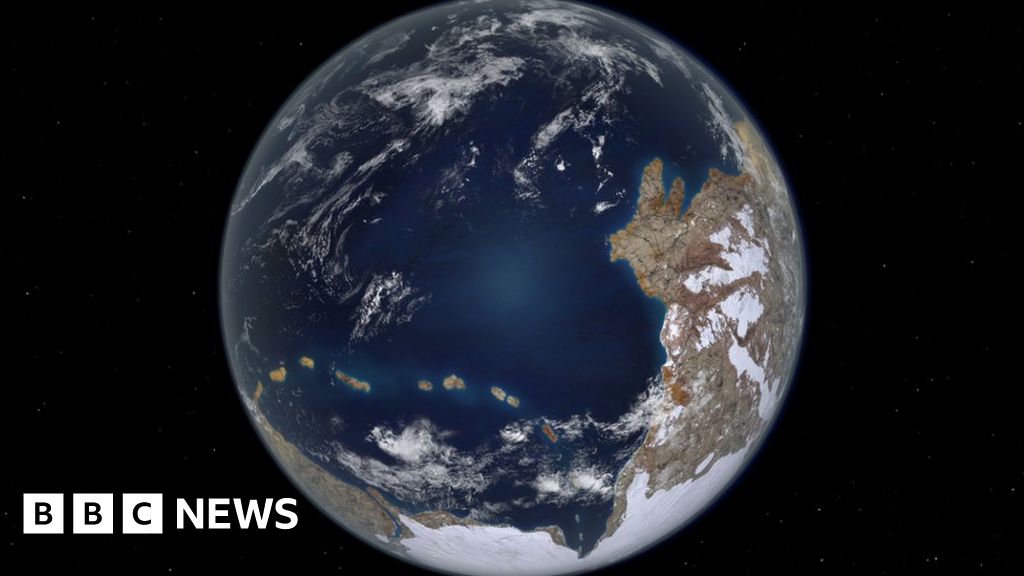
Image source, Getty Images
Investigations into fossils first discovered in Carmarthenshire in the 1970s have revealed traces of organisms dating back to 564 million years ago.
Welsh rocks have revealed details about some of the first creatures on Earth.
Fossils first discovered in Carmarthenshire in the 1970s revealed traces of organisms now dating back 564 million years.
The ancient disc-shaped invertebrates likely lived in shallow waters along the coast of volcanic islands.
The organisms, too primitive to be called animals, are “completely different from any other forms of life,” the researchers say.
The results of the research, which took decades to complete, were published in the Scientific Journal of the Geological Society.
The fossils were first discovered in 1977 in a quarry near the village of Llangenog, Carmarthenshire, by Professor John Cope.
Image source, Professor John Cobb
It was found that the fossils contain traces of ancient organisms
They were quickly recognized as being old and of exceptional importance, but Professor Cope said he had waited decades to find out their exact ages, which hampered further research.
This achievement came when a method that measures radioactive decay was able to determine the age of fossils to 564 million years ago, plus or minus 700 thousand years.
It comes from the Ediacaran period, when the first multicellular organisms – that is, organisms made up of multiple cells – existed on Earth.
“We don't know what they are”
Professor Cope, from Swansea, said of the organisms: “They are multicellular but we don't know what they are. They are completely unlike any other life form.”
“We've known for a long time that these fossils were the oldest in Wales, and then in 2000, a scientist who had been working in Newfoundland on similar fossils looked at them and said 'they're a perfect match'.”
During the Ediacaran period, Wales was part of a small continent that geologists called Avalonia.
Newfoundland, in Canada, was a neighboring territory.
Over hundreds of millions of years, the creation of the Atlantic Ocean divided Wales and eastern Newfoundland thousands of miles apart.
The breakthrough in fossil dating is credited to the work of the paper's lead author, Pembrokeshire-born PhD student Tony Clarke, who was working on radiometric dating at Curtin University in Perth, Western Australia.
Mr Clarke also dated some of the rocks that became the Stonehenge megalith.
As a co-author on the paper, Professor Cope, formerly of Cardiff University and now a research associate at the University of Bristol, said the work was a major breakthrough.
“Dating techniques have improved a lot over the years and are now very accurate,” he added.
The Llangynog fossils are preserved in the National Museum of Wales in Cardiff.

“Web maven. Infuriatingly humble beer geek. Bacon fanatic. Typical creator. Music expert.”





More Stories
NASA Close to Deciding What to Do With Boeing’s Troubled Starliner Spacecraft
Scientists May Have Discovered ‘Dark Oxygen’ Created Without Photosynthesis: NPR
Real Scientists Lived on Fake Mars in a Texas Shed for a Year